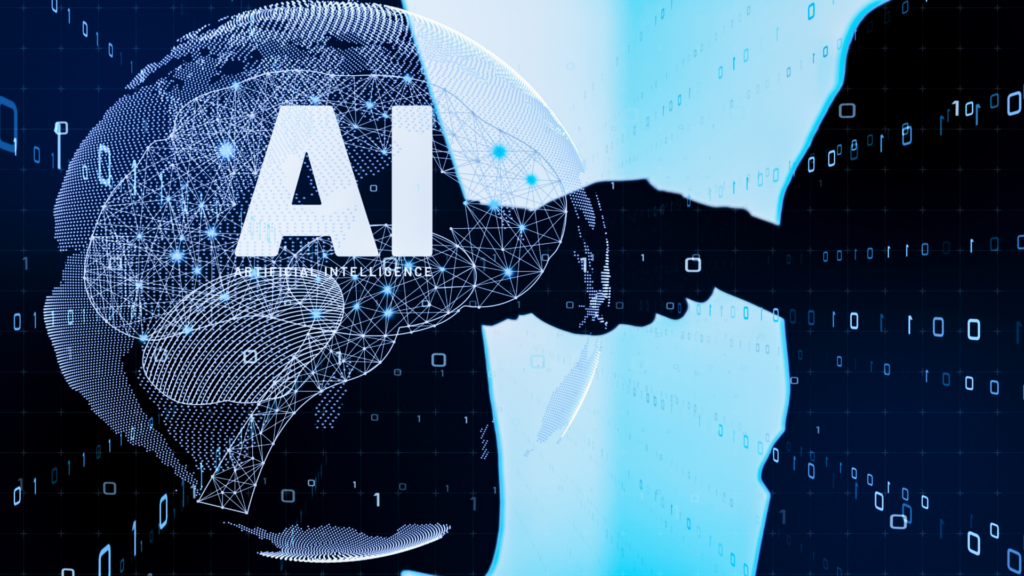Artificial Intelligence (AI) is revolutionizing the workplace, and HR functions are no exception. From recruitment to onboarding and even manager training, AI-based platforms are becoming the go-to solution for many organizations. These programs promise scalable, customizable courses with instant feedback and on-demand accessibility, an enticing prospect for companies seeking efficiency.
But when it comes to developing effective managers, the stakes are too high for a one-size-fits-all approach. According to Gallup, managers influence 70% of the variance in employee engagement, a key driver of productivity, retention, and profitability. So, how do you ensure your managers have the skills to lead successfully?
Let’s explore both sides.
The Case for AI Training
AI training programs come with undeniable advantages:
Scalability and Cost Efficiency
AI can train hundreds of managers simultaneously, often at a fraction of the cost of live facilitators and coaching.
24/7 Accessibility
Managers can access training whenever it suits their schedules, making learning more flexible and convenient.
Data-Driven Insights
AI systems track progress, providing detailed analytics on performance and highlighting areas for improvement to guide the learner down a personalized learning path.
These features make AI appealing, especially for companies looking to implement basic management training at scale. But before you jump in, let’s look at the other side of the coin.
The Case Against AI Training
For all its benefits, AI has significant drawbacks:
Potential Bias
AI algorithms are only as unbiased as the data they are trained on. If the input data is flawed or biased, the training materials may unintentionally perpetuate stereotypes or exclusions.
Lack of Personalization
While AI adapts to user input, it lacks the nuanced understanding and empathy of a human coach who can tailor advice to an individual’s specific challenges. For example, live training leans on experiences shared by attendees for a more customized and impactful approach.
Missed Opportunities for Connection
AI training lacks the collaborative spirit of group discussions. There’s no shared learning, camaraderie, or real-time exchange of ideas, the key ingredients in building a strong workplace culture.
Why Hands-On Coaching Stands Out
At Civility Partners, we’ve witnessed how live coaching can transform managers into true culture champions. Our Manager Evolution Lab, a six-session coaching program, is designed to equip managers with not only practical tools but also the confidence to implement them. Here’s why hands-on coaching is a game-changer:
Community and Connection
Group coaching fosters a sense of shared purpose. Managers exchange insights, learn from peers, and build lasting professional relationships that strengthen organizational culture.
Real-Time Problem Solving
Live coaching allows managers to discuss current challenges and receive immediate, tailored feedback from experienced facilitators. Facilitators and learners can collaborate and problem solve together, a skill all leaders need.
Culture-Building
Facilitated discussions encourage groups to establish their own norms and ground rules, which can directly influence and enhance workplace culture. You can also use training to gather data for culture initiatives.
Building Trust and Confidence
Hands-on coaching leaves managers with actionable strategies and the confidence to implement them—a critical factor in long-term leadership success.
Hybrid is the Answer
AI training and hands-on coaching each have their place. If your goal is to provide cost-effective training on foundational management principles, AI might be the right choice. But if you want to cultivate leaders who inspire, collaborate, and drive a thriving workplace culture, hands-on coaching is unparalleled.
A mixture of AI tools and in-person facilitated training and coaching may be the best option. Learners can watch a quick video while in line for coffee and then discuss what they learned with their coach or training facilitator in the next meeting. Right now, managers could even run a crucial conversation through ChatGPT to gain insights on how to have that meeting, what to say, and what potential reactions could be to various versions of the same message. But, at least for now, only an experienced facilitator can offer in-person practice and provide useful and specific feedback.
We specialize in creating positive workplaces by transforming managers into culture champions. Our Manager Evolution Lab goes beyond just teaching skills; it builds the foundation for a thriving workplace culture.
Are you ready to invest in your managers and see the ripple effect across your organization? Let’s connect and create a training solution tailored to your needs!



